Cats are some of the most fascinating creatures on Earth. The Felidae family includes over three dozen species of cats. Except for a few species, cats are natural hunters with claws that can be sheathed and unsheathed, keeping their claws sharp for hunting and fighting. Unlike canines, most cats live and hunt alone. Many cat species are well-known. From the social and majestic lion to the swift and elegant cheetah, cats have fascinated humans for thousands of years. However, not all cats have received the attention they deserve. Below are 10 little-known cats that will fascinate all of us.
Margay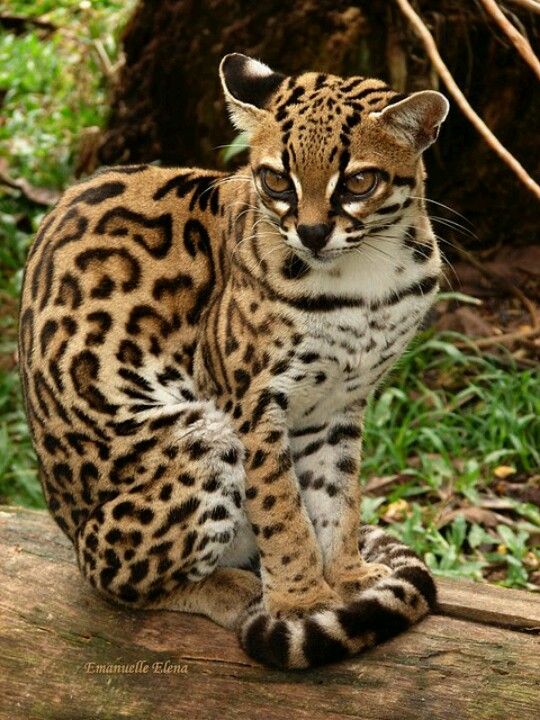 https://www.pinterest.fr
https://www.pinterest.fr
Margays are spotted cats that sport long, ringed tails. These South American felines are true tree huggers. Margays refuse to even go through areas without cover and rarely descend from the trees. They will even birth their young high off the ground. Their main habitat is rain forests, but they will sometimes reside in large coffee, cocoa, pine, or eucalyptus farms. Their wide feet and nimble toes allow them to hang with one foot underneath a tree branch. These graceful cats can even manage to pivot their feet 180 degrees. As if that wasn’t enough, margays can leap almost 6 meters (20 ft) vertically and can jump 9 meters (30 ft) across. These cats dine on birds, reptiles, and primates. Rusty-Spotted Cat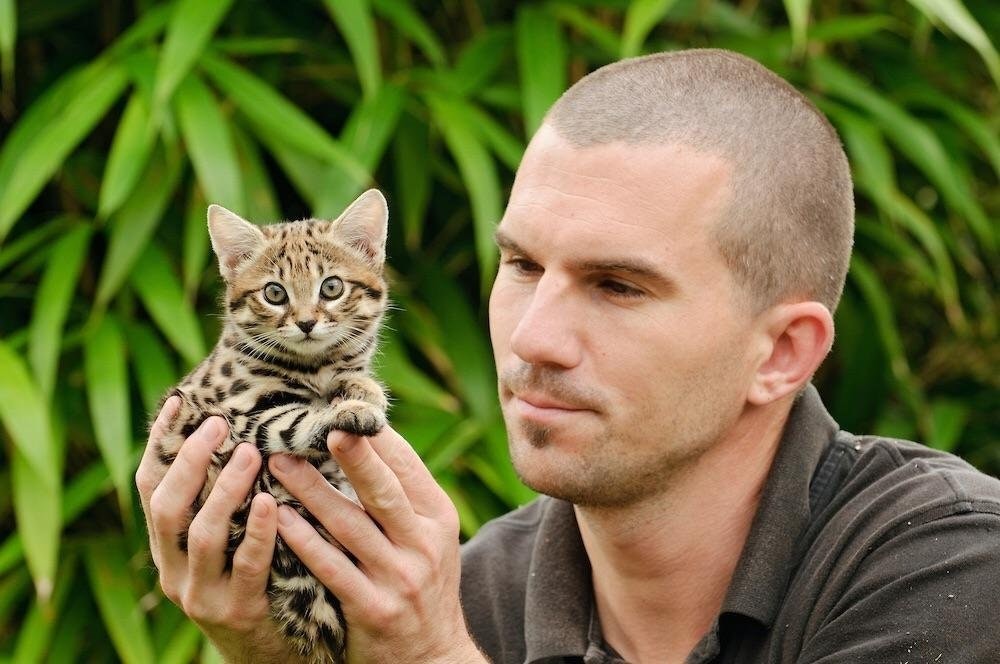 https://www.reddit.com
https://www.reddit.com
Rusty-spotted cats are among the smallest cats in the world—even being outweighed by many domesticated cats. True to their name, rusty-spotted cats have a taupe coat speckled with rust-colored markings. They boast white undersides, unmarked tails, and large, round eyes that vary in color. These petite felines call India and Sri Lanka home. They situate themselves near abandoned houses, in forests, on stony foothills, in bushy areas, and in grasslands. Rusty-spotted cats eat small animals, including mice, rats, and chickens. They also supplement their diets with termites and attack bigger game, including the non-native gazelle, if given the chance.
Flat-Headed Cat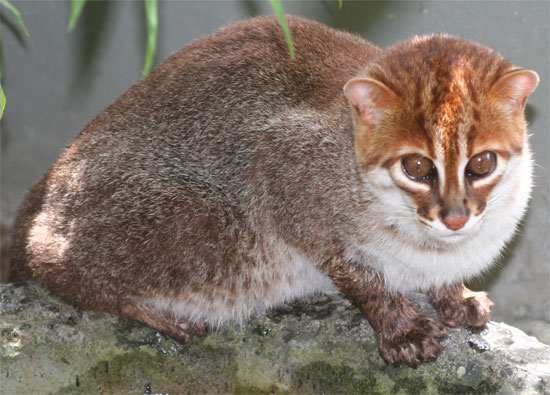 http://bib.ge
http://bib.ge
Not much is known about these elusive felines that are aptly named for their flat foreheads. They are similar in stature to a domesticated cat with dark ginger heads, brown fur, and white underbellies. Flat-headed cats have the distinction of consuming more vegetables and fruit than any other cat. However, they are mostly carnivorous and dine on aquatic prey. These cats enjoy swimming, and captive kittens have been observed to instantly gravitate to water. They are found in Sumatra, Borneo, and Malaysia.
Andean Mountain Cat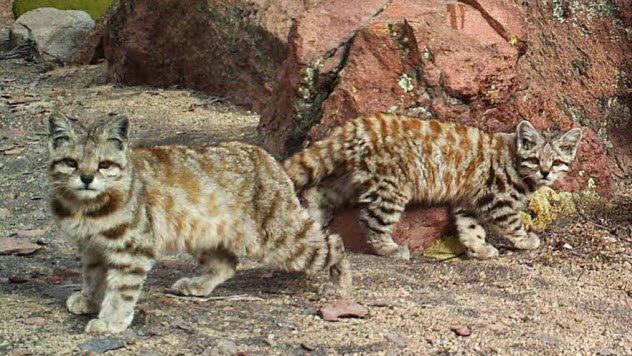 http://listverse.com
http://listverse.com
Andean mountain cats are thick-coated, gray and yellow-brown tabby cats that are found in the Andes Mountains. They can birth multiple cubs and sometimes pair up. They dine on mountain viscachas, rodents that bear a striking resemblance to rabbits. Farmers kill them to protect their livestock, and their cattle gobble up the cats’ land. They are also killed by locals and used in medicine, for religious purposes, and for food.
Black-Footed Cat http://www.bravotv.com
http://www.bravotv.com
The black-footed cat is the smallest African cat. Their large ears help them to pinpoint sounds, while their black feet protect their paws from the heat. These spotted—and sometimes banded—cats live in the deserts and grasslands of South Africa, Namibia, and Botswana. These feisty cats have been known to successfully fight off jackals. Their diet encompasses eggs, amphibians, locusts, rodents, young springbok, reptiles, hares, and birds.
Iriomote Cat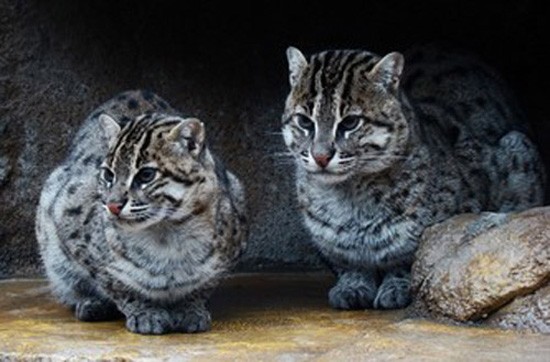 http://bib.ge
http://bib.ge
Iriomote cats are now considered a subspecies of the leopard cat. Their habitat range is restricted to the Japanese island of Iriomote, but they will claim beaches, swamps, low hills, and rivers as their territory. These house cat–sized felines feature dark coats with white spots and golden eyes. These multitalented cats can swim and scale trees. The Iriomote cats also mate with stray domestic cats, producing hybrid offspring.
Jaguarundi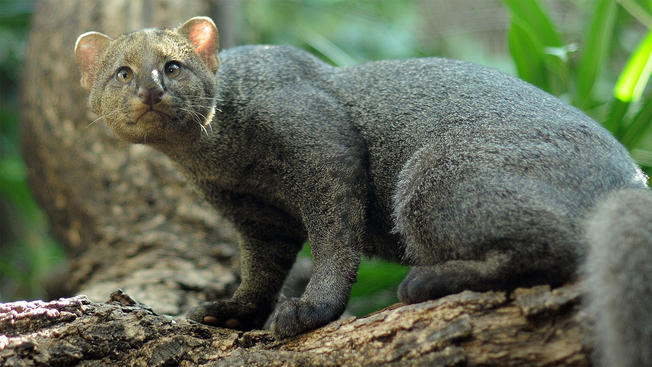 https://www.nbcdfw.com
https://www.nbcdfw.com
These South American felines do not resemble jaguars and are actually related to cougars. Jaguarundis are small cats with slim figures, long tails, stubby limbs, diminutive ears, and coats consisting of black, gray-brown or red-brown fur. Their habitat is the forests, grasslands, swamps, and scrubland of southern Mexico and a large part of South America. Jaguarundis enjoy a varied diet of rodents, fruit, birds, and reptiles. They are extremely vocal compared to other cats, making a range of 13 different sounds. Their fur is not considered fine enough to sell, but they are killed when they hunt poultry.
Marbled Cat https://www.pinterest.com
https://www.pinterest.com
Marbled cats share a striking resemblance to clouded leopards. Marbled cats live exclusively in the forests of Southeast Asia. They are extremely agile. Like the margay, they can swivel their paws. They birth one to four kittens, although little is known about their reproduction. They may eat bats. Asiatic Golden Cat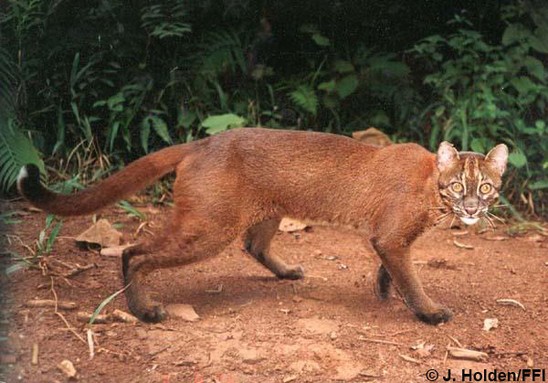 http://www.catsg.org
http://www.catsg.org
The thick-furred Asiatic golden cat is known for having black, red-brown, gray, russet, golden-brown, or brown fur. These medium-sized felines are found in forests and rocky areas in Southeast Asia. Females have litters of one to three offspring. Unfortunately, many male Asiatic golden cats have taken their own mates’ lives, making the difficult task of breeding them in zoos. Some Asiatic golden cats eat their own kittens, scientists tried artificial insemination on one occasion and it successfully produced two kittens. The Asiatic golden cat is a fascinating and complicated cat whose sometimes violent nature renders its protection more difficult.
Oncilla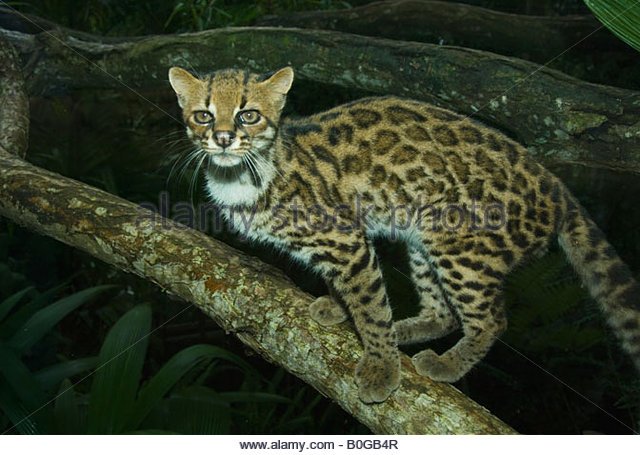 http://www.cougarhill.info
http://www.cougarhill.info
The oncilla is a small, spotted cat that lives in parts of northern South America. These fragile-looking cats should not be underestimated. They are found at elevations as high as 3,600 meters (11,800 ft). Oncillas are related to margays but are agile and nimble climbers. Oncillas prefer to hunt on the ground where rodents, their favorite meal, can be found. Their recorded life span of 23 years in captivity makes them longer lived than many felines. Related Content
Bizarre Ways People Have Been Killed By PetsPeople Who Died Trying to Save a Dog’s LifeAnimals That Don’t Look Dangerous but Are Actually Deadly
Leave your vote
This post was created with our nice and easy submission form. Create your post!
